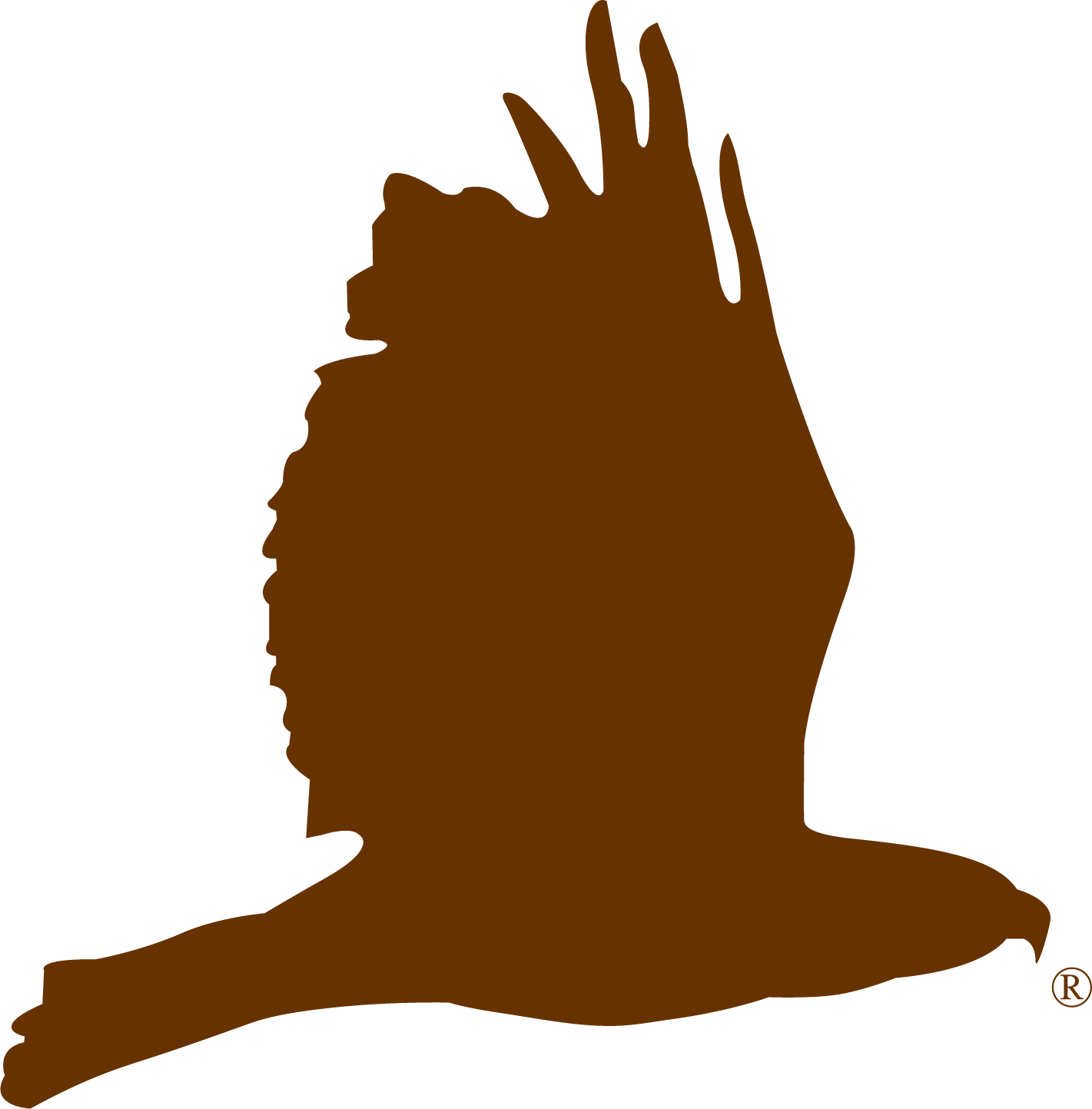Don’t read this posting unless you are prepared for graphic descriptions of maggot-related injuries…..
It was a horrible week for maggots on animals admitted to Flint Creek Wildlife this week. So many of the problems we encountered this week could have been prevented if rescuers would have brought animals inside and gotten help immediately at the first sign that the downed animal was being swarmed by flies.
For those that aren’t familiar with maggots, flies lay eggs on injured or debilitated animals. They are particularly attracted to open wounds; however, even a debilitated animal without open wounds is vulnerable. Flies can lay thousands of eggs on an animal in a very short period of time and fly eggs can begin hatching into maggots in a few hours. Once the maggots hatch, they begin eating the animal. Although some people believe that maggots only eat necrotic (dead) tissue, they will actually consume perfectly healthy tissue as well. They will also tunnel deep inside of an animal – especially when a wound provides a convenient entrance. And don’t think they won’t quickly enter the inside of the animal through its ears, mouth and anus.
Animals that could have been saved if promptly brought to a licensed wildlife rehabilitator cannot be saved if maggots are not quickly and properly addressed. We had two instances this week, one with an Eastern Cottontail and one with a Great Horned Owl, where we were forced to euthanize animals due to maggot issues. In both cases, the animals stood a good chance of survival if they had been promptly brought to us. We also had one close call where just another hour or two would have rendered a juvenile Fox Squirrel beyond help.
The Eastern Cottontail arrived at Flint Creek almost a full day after its rescuers found it. Unaware of the devastating impact of flies, they left it lying in the grass about 12 hours before taking it inside and placing it in a box. Even then, they were completely unaware that maggots were essentially eating the bunny alive. By the time the bunny arrived at Flint Creek, its stomach was eaten completely through and maggots were even eating its internal organs.
The Great Horned Owl was found at the side of the road at approximately 6:30 pm. Its rescuers, unaware of the fly eggs that had been laid on the bird, didn’t contact us until the next morning. When they called they were already at work and couldn’t bring the bird out until 6:00 pm.
The bird was being kept in a garbage can with screening loosely covering the top of the can. Blood was spattered on the inside of the can and the birds head and neck feathers were covered in blood. I lifted the bird from the garbage can and, in horror, realized that the bird’s entire face, head and throat were engulfed in thousands of maggots that were eating it alive. The blood was from the raw flesh that was being created by the maggots.
In both of these cases, we would have likely had a good chance of saving the animals if they had received prompt treatment. Below are some general tips to help you deal with maggots.
- Although it is often proper to leave wildlife outside so that the parents can continue to care for it/so that the fledgling can learn to fly/so that the mother squirrel can retrieve her baby and return it to the nest, you must watch for flies during this process and should immediately bring the animal inside if flies appear.
- If you cannot bring the animal inside, at least place it in a covered box with a sheet or blanket over it (in a shady location) so that the flies cannot get to it.
- Check the animal for fly eggs and maggots. If either are present, you should immediately get the animal to a licensed rehabilitator. Fly eggs look like miniature pieces of white rice. They are often stuck in the fur and will also frequently be found in the mouth and ears. Remember that these can become a major maggot infestation in a short period of time – do not delay seeking immediate assistance.
- In extreme cases where you have unsuccessfully tried to reach a licensed rehabilitator, use a pair of tweezers and a flea comb to remove maggots and fly eggs. You must get EVERY single maggot and every single egg; otherwise, some number of maggots will still hatch and begin eating the animal’s flesh.
- In some cases, maggots cannot all be removed using tweezers. Newly hatched maggots, particularly when there are hundreds or thousands of them present, can be difficult to pick off with tweezers. If necessary, use cornstarch to smother the maggots. Please be careful not to get cornstarch in mouth, ears or eyes. Get the animal to a licensed wildlife rehabilitator immediately.
Hope this helps.
Dawn
